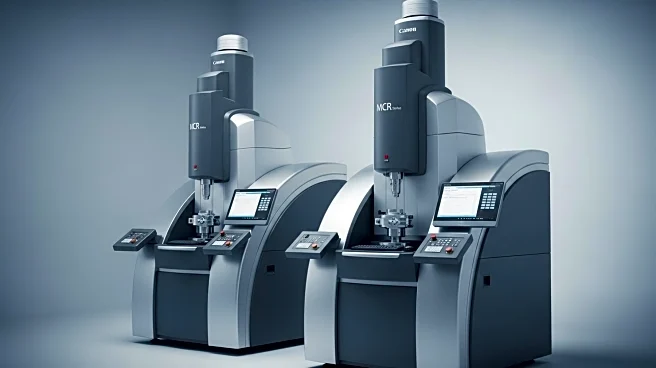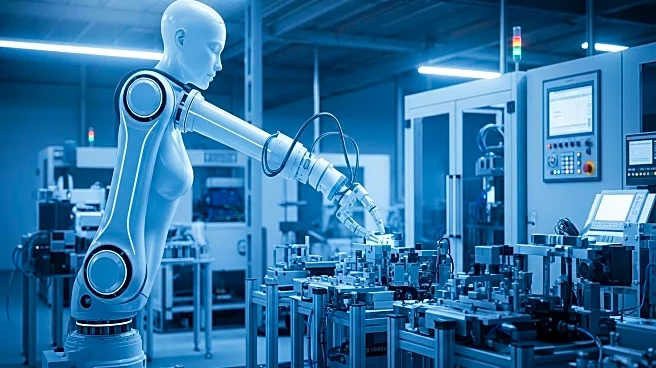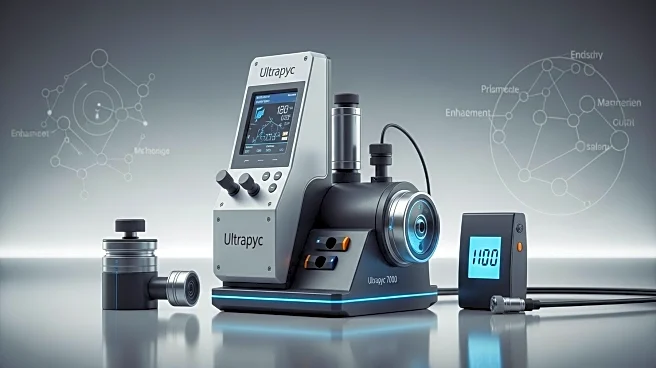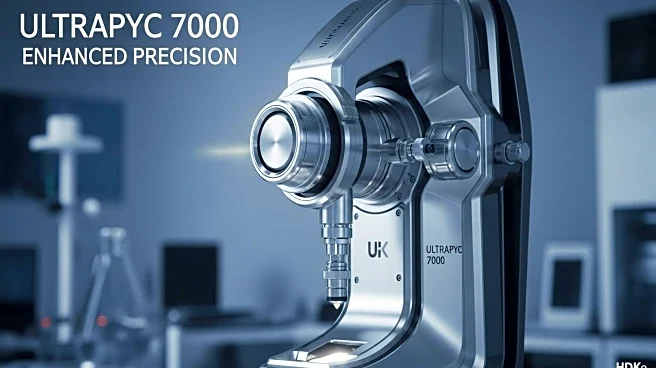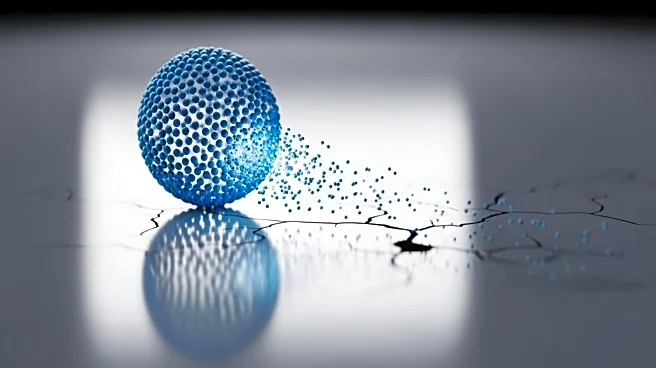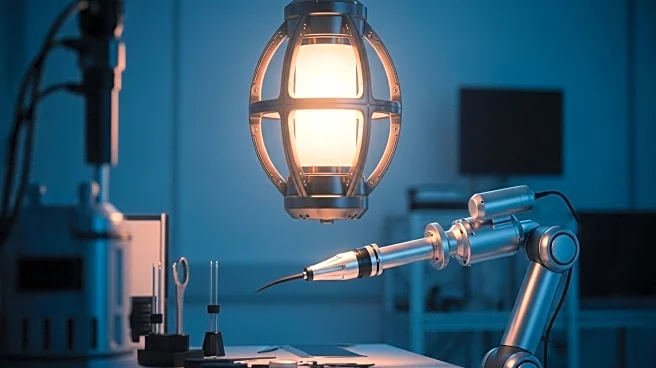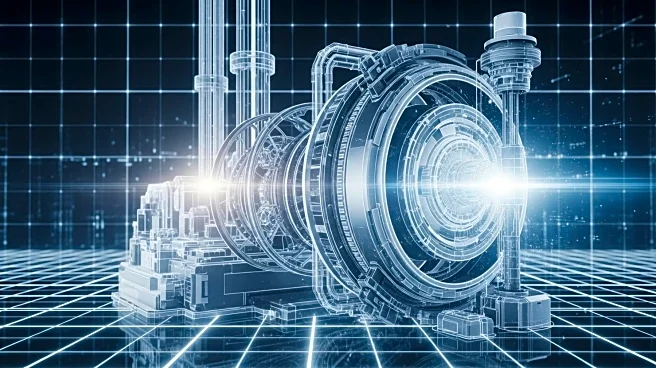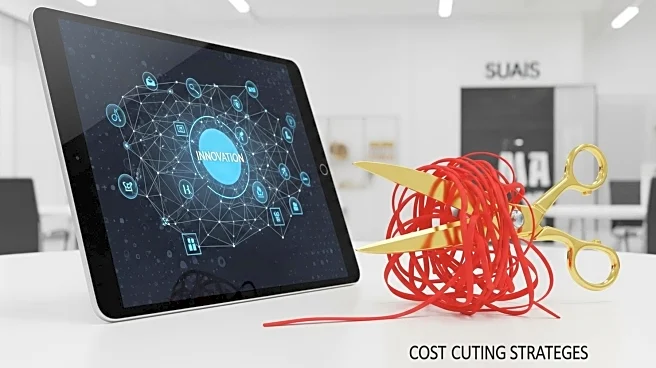What's Happening?
Anton Paar has introduced its next-generation MCR series rheometers, designed to enhance precision and productivity in laboratory settings. These advanced instruments offer minimum torque down to 0.2 nNm and rapid data acquisition up to 200 Hz, allowing for detailed monitoring of fast processes. The MCR series is equipped with intelligent automation features, including an integrated touchscreen and Toolmaster accessory recognition, streamlining complex analyses. The modular architecture supports a wide range of test modes, making the MCR series adaptable to various experimental needs.
Why It's Important?
The launch of Anton Paar's new rheometers represents a significant advancement in laboratory technology, potentially transforming research and quality control processes across industries. By providing precise measurements and faster data acquisition, these instruments can accelerate research outcomes and improve the reliability of experimental results. Industries such as pharmaceuticals, cosmetics, and materials science stand to benefit from enhanced productivity and confidence in data, which can lead to faster innovation and development cycles.
What's Next?
Anton Paar's new MCR series rheometers are available immediately through global distribution channels, indicating a swift integration into laboratory environments worldwide. As researchers and industries adopt these advanced instruments, there may be an increase in experimental capabilities and a push towards more complex and innovative research projects. The company's commitment to service excellence and global support suggests ongoing enhancements and potential future upgrades to the MCR series.
Beyond the Headlines
The introduction of these rheometers also highlights the growing importance of automation and modularity in scientific research. As laboratories seek to optimize efficiency and reduce human error, the integration of intelligent systems like those in the MCR series could become a standard in scientific instrumentation. This shift towards automated and adaptable technologies may influence future developments in laboratory equipment design and functionality.
